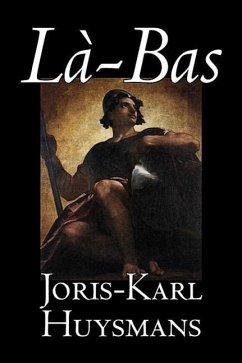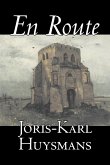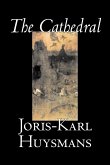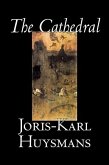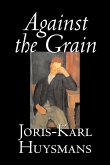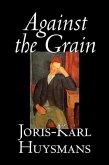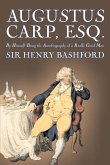Published in 1891, LA-BAS is Huysmans' best-selling novel; its success was due, in part, to its sensational contents. It is in this novel that Huysmans' character, Durtal, is introduced for the first time. This character is thought to be a semi-autobiographical depiction of the author and is used in his next three books which chart Durtal's (and Huysmans') search for religious truths and his ultimate conversion to Roman Catholicism. The journey begins with the viewing of an extremely realistic painting: "In Germany, before a Crucifixion by Matthaeus Grunewald, he had found what he was seeking."
Hinweis: Dieser Artikel kann nur an eine deutsche Lieferadresse ausgeliefert werden.
Hinweis: Dieser Artikel kann nur an eine deutsche Lieferadresse ausgeliefert werden.

